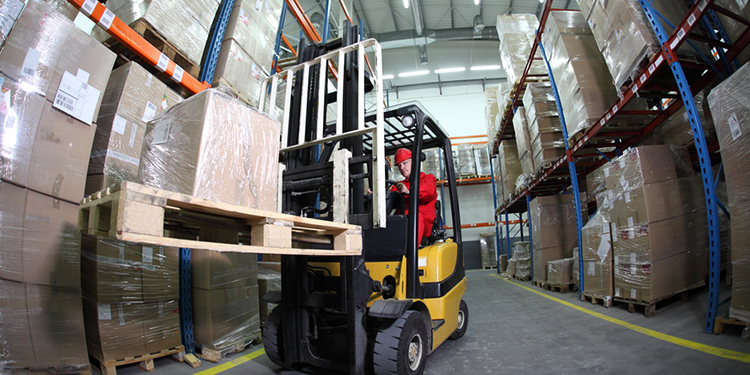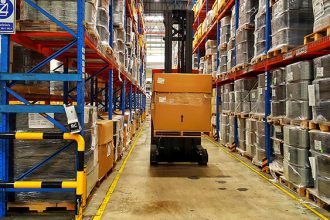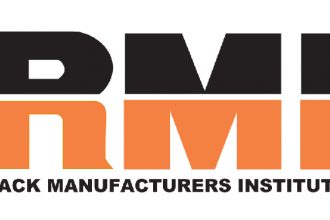Why Pallet Quality Is Key To Safe Rack Utilization

Although industrial storage rack systems are specifically designed and engineered to support a given type of pallet and load, simply placing the approved pallet into a storage position isn’t enough to ensure the safety of the structure and facility personnel. The quality and condition of the pallet itself is also of critical importance to safe rack utilization.
That’s because—depending on the type of pallet rack system—the pallet and its load rest on beams, carts and rails (pushback racking), or roller tracks (pallet flow systems). A pallet with damaged or cracked bottom boards resting on beams has a higher likelihood of failure, with an increased potential for the pallet to collapse and its load to fall through the beams.
Those same quality issues, as well as dimensional inconsistencies, can cause jams, snags or obstructions that impede the flow of loads through a pushback or pallet flow system. Such a blockage requires an operator to unload and reload the system to clear the jam, slowing productivity. Finally, a pallet in poor condition could cause damage to the rack structure itself during placement or removal.
For all these reasons, it’s important that both receiving personnel and forklift operators are trained to identify and report pallet quality or condition problems. Damaged pallets should be removed from the operation and their loads re-palletized onto an intact pallet that matches the storage rack’s design.
Looking for other best practices in storage rack safety and utilization? Download RMI’s Considerations for the Planning and Use of Industrial Steel Storage Racks here.


